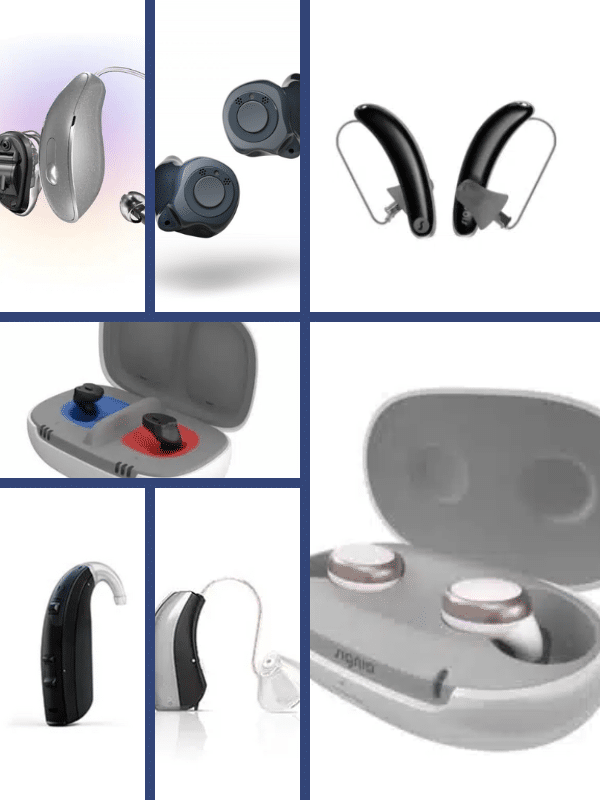Are Hearing Aids Suitable for You?
Hearing aids play a crucial role in addressing hearing loss, facilitating improved hearing ability and enhancing quality of life. However, it is essential to acquire well-fitting hearing aids that are appropriately programmed by a qualified audiologist. Otherwise, their performance may be suboptimal. Ill-fitting hearing aids can lead to discomfort and issues with feedback or sound quality, while incorrect programming may result in ineffective sound amplification and inadequate background noise filtering. Therefore, if you are considering hearing aids, it is highly recommended to consult a qualified audiologist to ensure proper device selection, fitting, and programming.
The Significance of Best Practices
Emphasizing the significance of adhering to best practices during the fitting of hearing aids cannot be overstated. A comprehensive evaluation and accurate real-ear measurement performed by an experienced audiologist are essential to ensure proper fitting and optimal hearing performance with the aid. Without these crucial steps, the hearing aid may fit inadequately or function improperly, potentially leading to future complications.
There are three primary types of hearing aids available: Behind the Ear (BTE), Receiver in the Canal (RIC), and Custom Hearing Aids. BTE hearing aids, the largest type, are worn behind the ear. RIC hearing aids, smaller in size, fit inside the ear canal. Custom hearing aids are uniquely tailored to fit the individual’s ear shape and can be in-the-ear (ITE), in-the-canal (ITC), or completely-in-the-canal (CIC).
BTE hearing aids consist of a plastic case positioned behind the ear, connected to the ear canal by a tubing system. A miniature microphone housed in the case captures sound waves, converting them into electrical signals. These signals are then amplified by a tiny speaker inside the device, transmitting the sound through a clear tube to an ear mold.
Similarly, RIC hearing aids feature a small microphone that captures sound waves and converts them into electrical signals. However, unlike BTE hearing aids, RIC devices do not have a plastic case. Instead, they have a receiver (a small speaker) placed in the ear canal. Thin wires connect the receiver to the outer world, running along the surface of the ear.
Custom Hearing Aids are individually crafted to fit each user’s ear, using either an ear impression or a 3D scan. An instrument is then manufactured accordingly.
Each type of hearing aid offers advantages and disadvantages, depending on the individual’s needs and hearing loss. To determine the most suitable type for you, we recommend scheduling a hearing evaluation with us. Our team will assist you in selecting the appropriate instrument tailored to your specific requirements.

